While I’m writing these lines, the Corona pandemic forces me to stay at home – you fellows will probably go through the same situation. Today is Saturday, March 21, and Germany has just cracked the number of 20,000 infected people. As the future seems uncertain as it never did anytime before in my life, I dive back into the past.
I remembered a particular trip to a peat bog in autumn 2016. Together with a friend, we discovered this bleak landscape. It was a mild in late October – so mild in fact that I could even wear a T-shirt. To find the images from back then, I had scroll up a little bit in my Lightroom catalogue. Well, consider this article as a novelty. It’s the first time I show you a set of photographs taken with a digital camera.
Very likely that I told you this a million times, but I’m going to tell you again: I feel drawn to landscapes man has formed. Nature reserves and national parks are fine and I love to spend my time there hiking or biking. But in terms of photography, I prefer anything that exhibits an industrial impact. To come right to the point: the bog provided us with heavily altered landscape and some uncommon equipment. So I wasn’t disappointed at all.
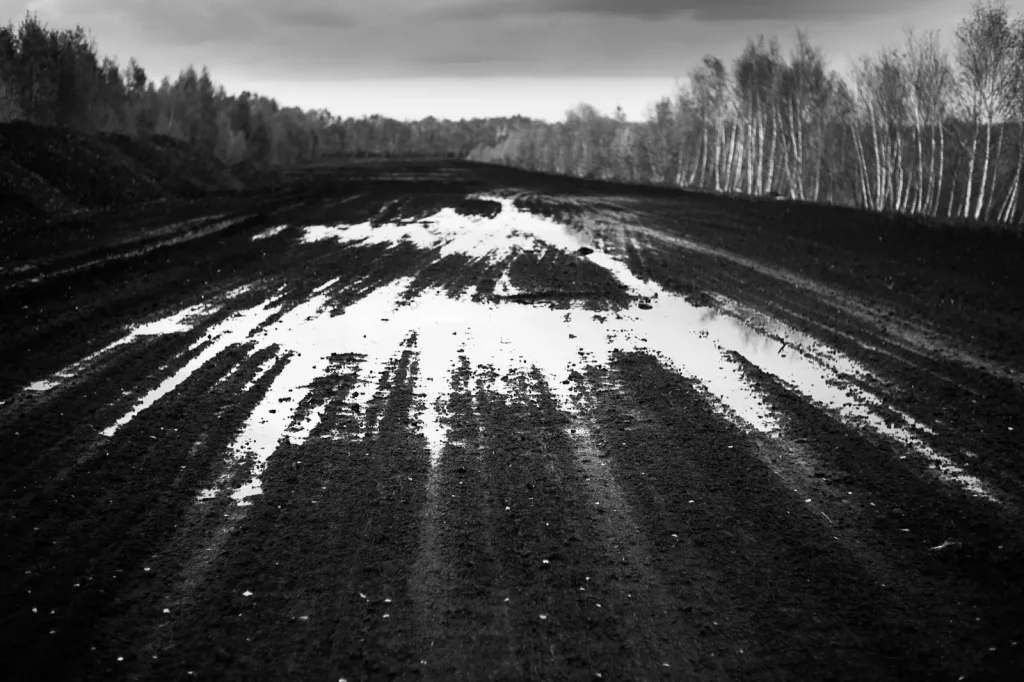
The Part About my Inspiration
As usual, I like to say a few words on my inspiration for the actual project. Eight years prior to my field trip, I saw an exhibition at the Reiss-Engelhorn-Museum in Mannheim. It showcased a series of black-and-white images made by photographer Robert Häusser. Back in the Eighties, he had spent three weeks like a hermit in a small town. Häusser did this for an art project. From day to day he left his guesthouse chamber to explore the nearby peat bogs. As the stay took place during January and February, the photographer had to deal with bad weather and sparse lighting. Oftentimes, this took Häusser on a emotional rollercoaster ride: frustration over persistent rain as well as relief when he captured a promising shot. I know this because the museum also revealed the notes from Häusser’s diary. These short and personal records made the exhibition so special.
Not only that I found the peat bog exciting as subject matter, I also dreamed of this approach. Let your usual world behind and focus completely on your project – no distractions. I experienced the peat bog three and half years ago. To be cut off from normality, I’m experiencing now.
I found a website that features some images from Häusser’s “Moortagebuch” series. The page is in German, but you can use Google Translate if you interested in the written part.
The Part About the Peat Bog
Time to start the trip! We went there by car, a one-hour ride from home. The long straight road divides the bog: to the left lies the renaturated part, to the right the one still in industrial use. A company exploits the peat to sell it as an ingredient for potting soil. We parked the car at an inconspicuous driveway and proceeded on food. Although a rusty sign told us we were not allowed to enter the site, my friend and I continued our way. The whole area was simply too exciting! Soon, the noise from the road faded away. I could hear nothing except the twittering birds – a strange feeling for someone who lives close to the center of a large-ish city.
We trekked on a dirt path slightly elevated to the surrounding peat fields. In retrospect, I assume our track shouldn’t have been longer than maybe two or three kilometers. As we stopped countless times to take images, I quickly lost my sense of time and, concomitantly, I lost my sense of distance. The open plains of the exploited peat bog allowed for a wide view. It felt unfamiliar – almost creepy – to come across no other human being besides my friend. We saw birches, grasses, deadwood and dead straight ditches – objects I was keen to photograph. However, I desired to see some machinery: excavators, tractors, conveyor belts or something of that kind.
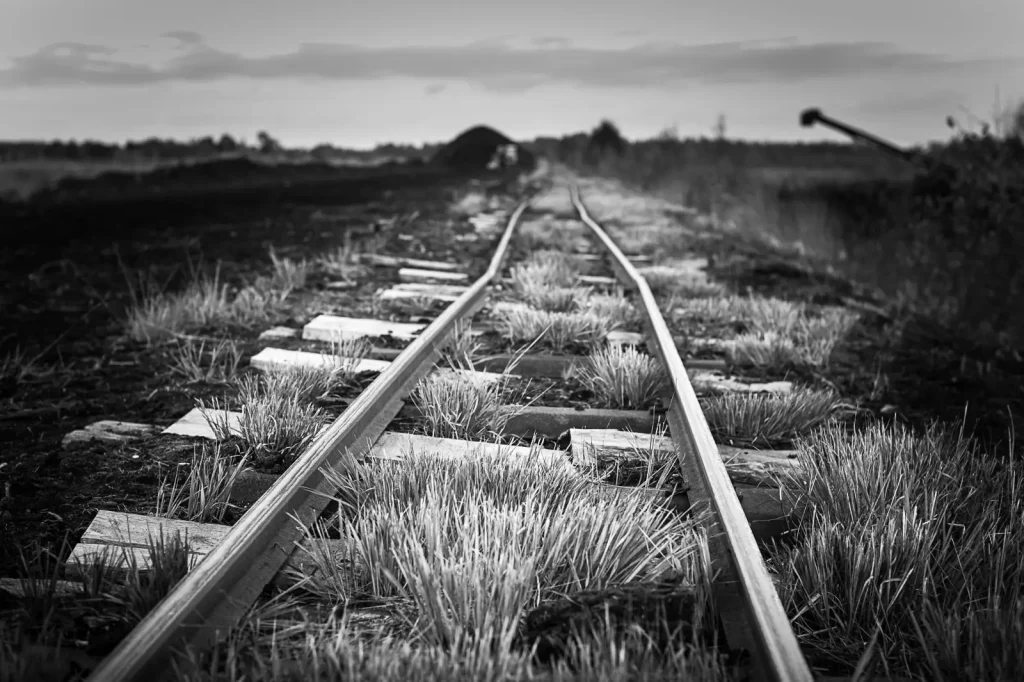
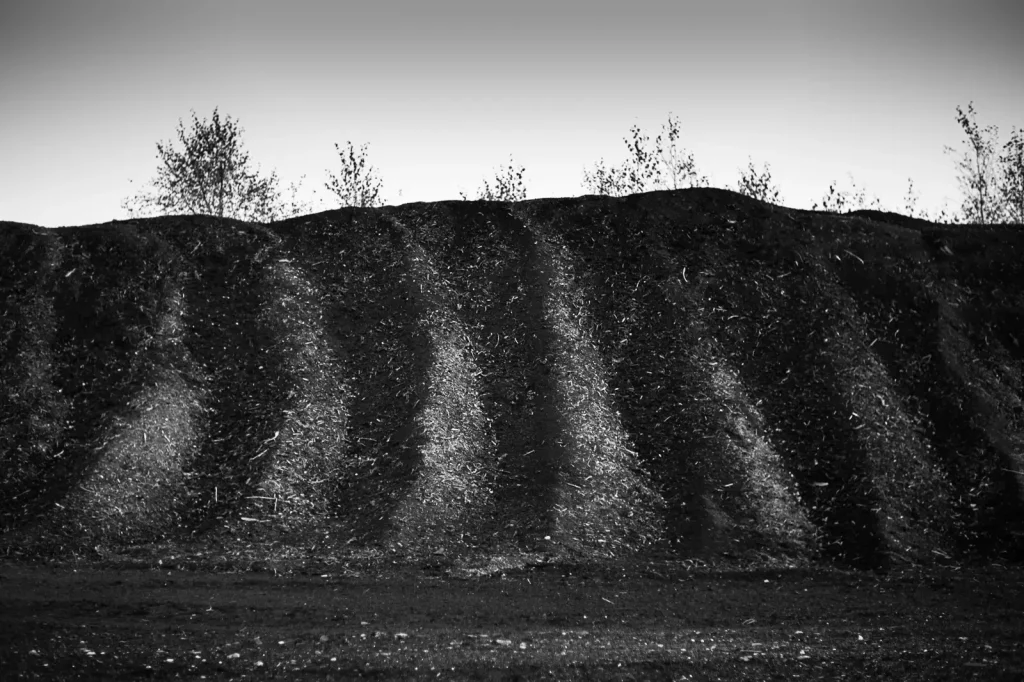
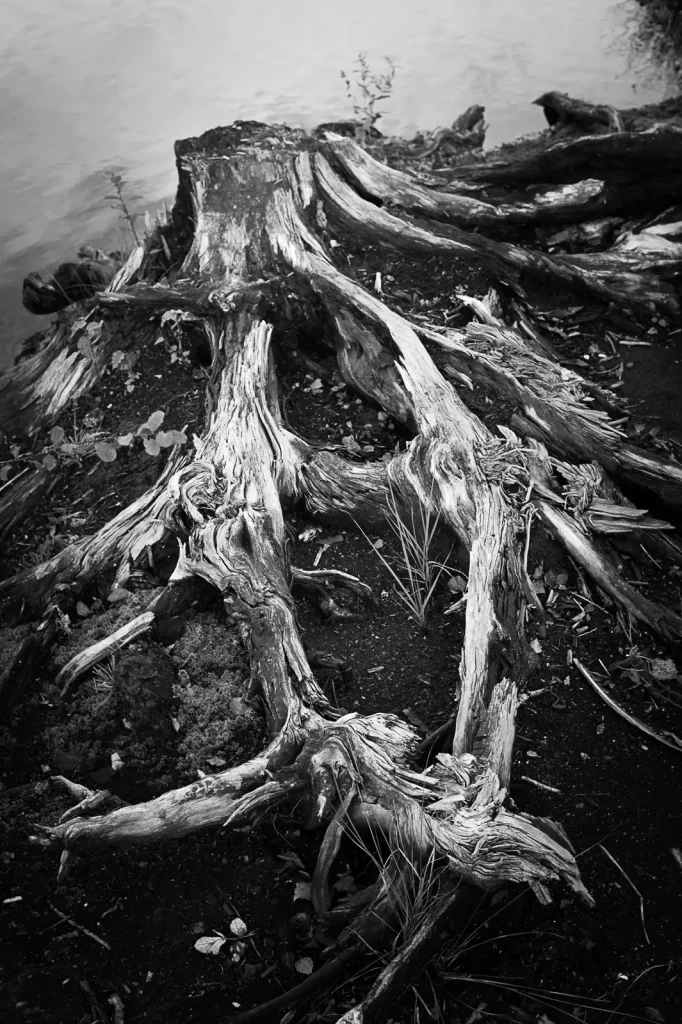
The Part About Reaching my Goal
As the sun was already about to set, my friend and I reached a junction. And there they were! We found a conveyor vehicle and some pieces of equipment – rollers, shovels – located nearby. Finally! The fading light forced me to act quickly, and I had to make choices. Two modern excavators in the distance? Screw it! I sacrificed them for a specialized vehicle I had never seen before. How to describe this thing? A caterpillar driven peat harvester with gripper at the front and a large storage bucket in the back. Fortunately, I took some photographs of the harvester, so have a look yourself.
In this area, I also discovered endless rows of peat bricks. These so-called sods are so typical for industrialized peat bogs – thus, the sod rows perfectly completed my series. At a certain place the sods even piled up to a little hill (my featured image). Lit by the last rays of light, this symmetrical pile of peat appeared like a religious cult site.
Meanwhile we had gone so far that we almost reached the other end of the site. From a distance I could hear a man shouting commands at his dog. The sun had set below the horizon and I had tuned in a high ISO setting at my camera. (This flexibility is definitely a thing I miss with film.) At this point, my friend and I decided to turn round – it would better for us if we rediscovered our car. Surprisingly, we made it back in less than 30 minutes. If you don’t stop every 50–100 meters to take a picture, you can move fast!
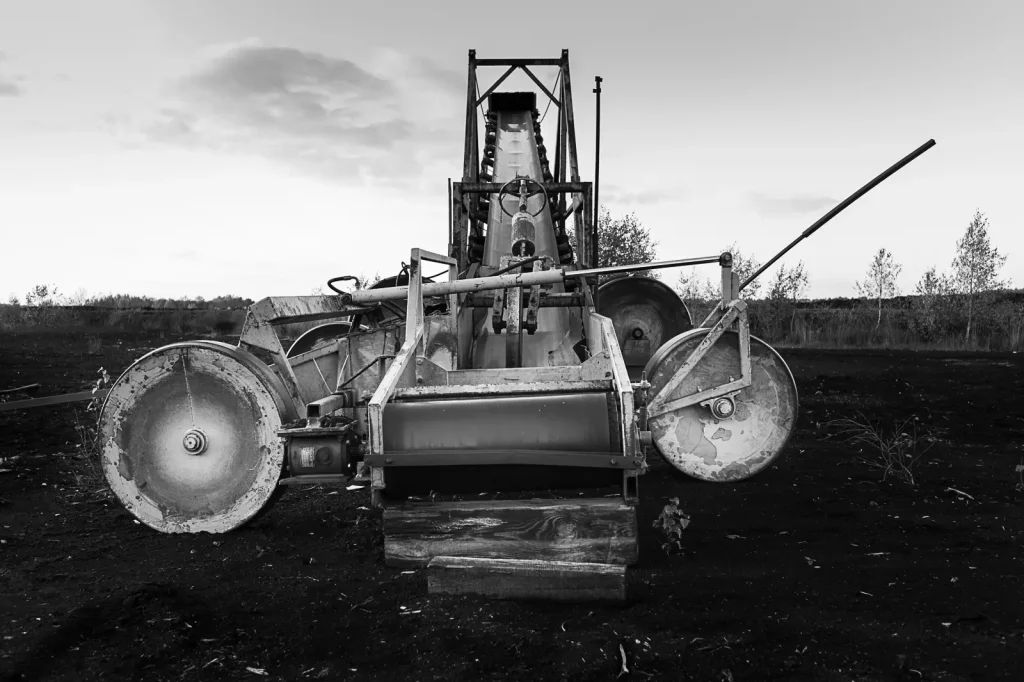
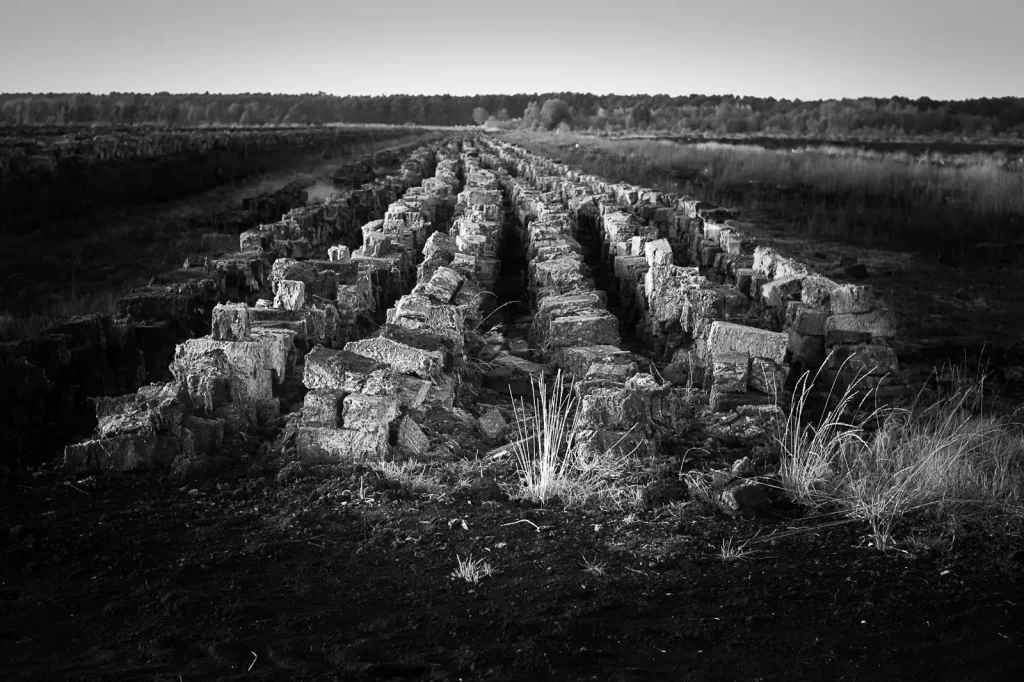
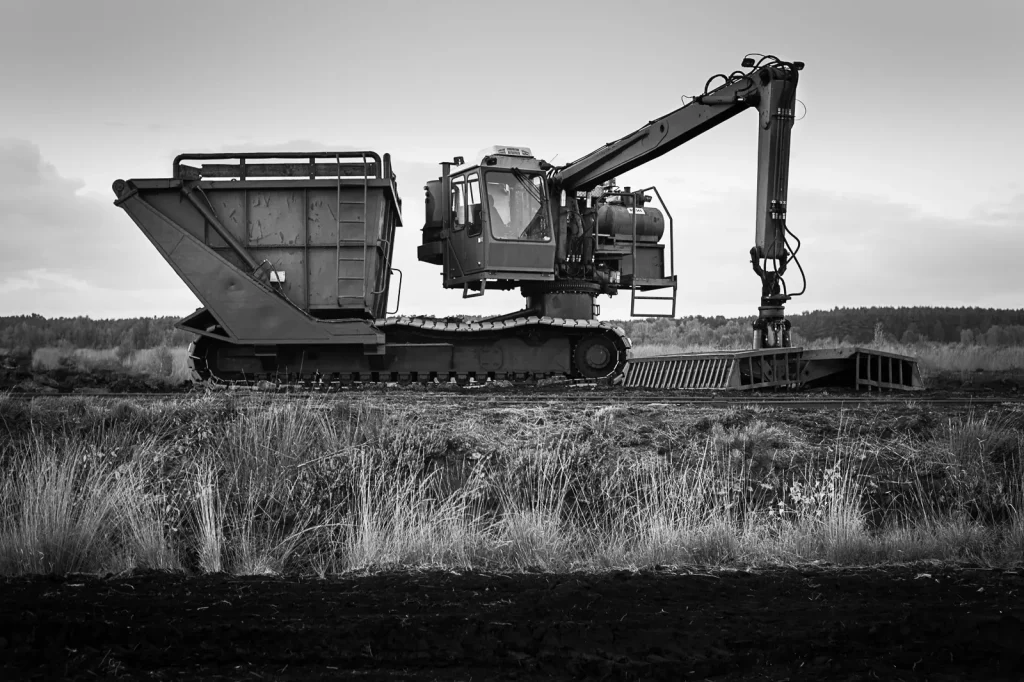
The Part About the Camera
Back then I owned a Leica Monochrom (“MM” or “M9M”), my primary camera at the time. Although I bought it second-hand, I never had spent that much money on a photographical instrument before – and after. The Monochrom was a fine camera, discrete and simple to operate. For me, the only real complaint was that it ate through its battery so quickly. Although I always carried a spare one with me, I never felt completely relaxed.
In the year after our trip to the peat bog, my preferences in photography shifted more and more towards film. When I realized that the Monochrom had been collecting dust for months, I sold it. (This is meant literally, of course – I stored the camera in drawer where it was protected from dust.) In contrast to the film cameras, the Monochrom as a digital camera continuously lost value. So I couldn’t justify to keep it for the day I might want to use it again. Despite my own story, I highly recommend the Monochrom to all rangefinder fans. If you want to know more about this apparatus, have a look at Hamish’s excellent review.
In contrast to the Monochrom, the primary lens from back then survived the reorganization of my fleet. I took most of the images shown in this post with a 50mm Summilux (f/1.4). It remains one of my favorite lenses I virtually use all the time.
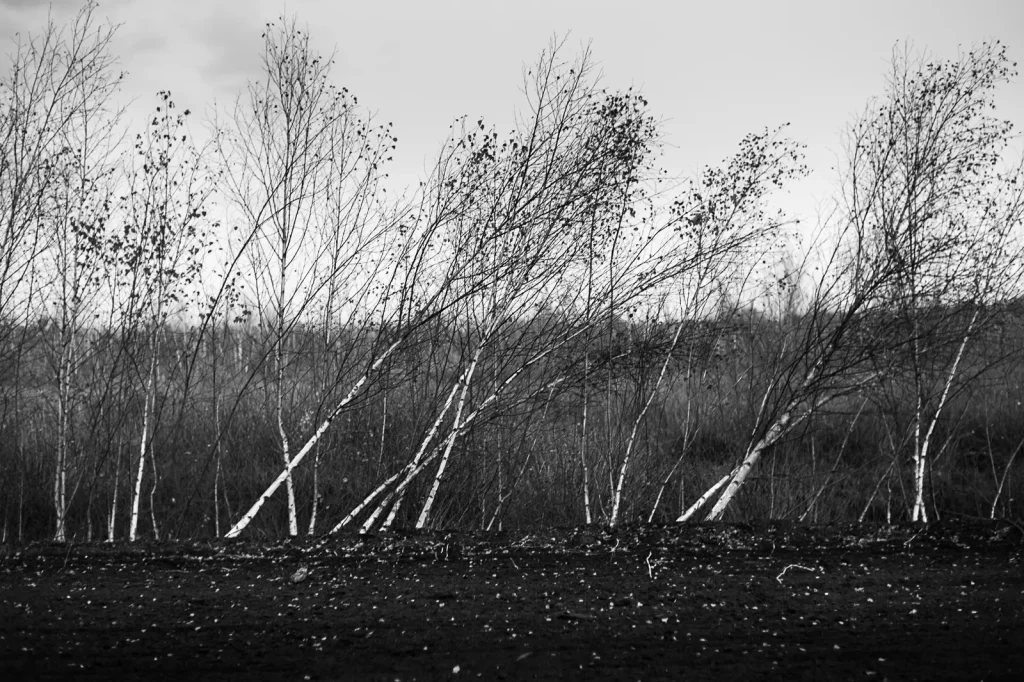
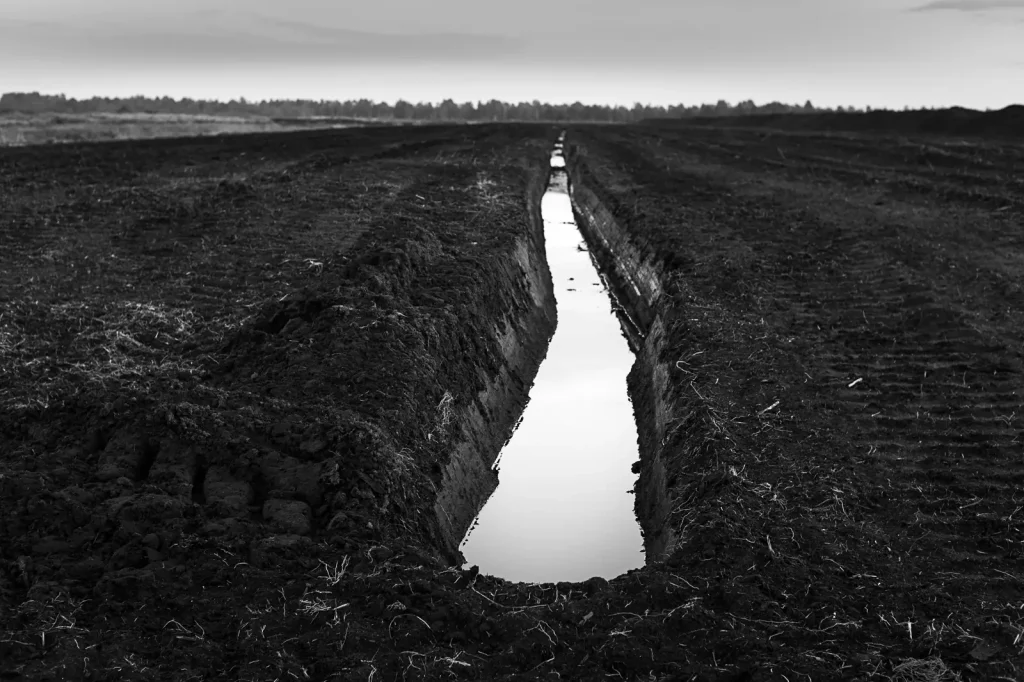
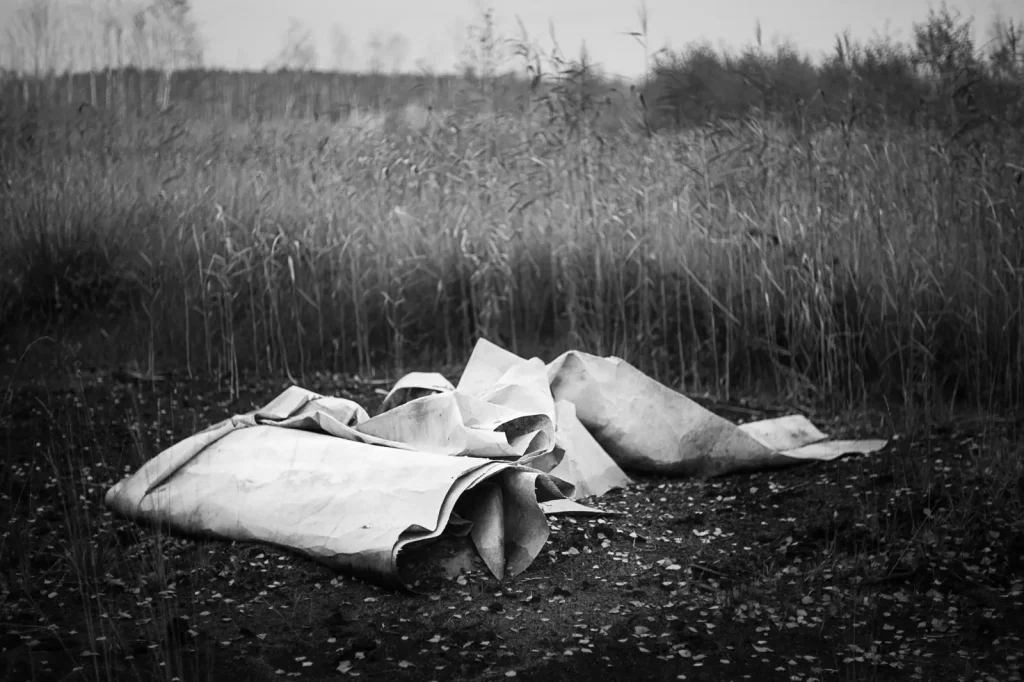
Thanks for reading!
Share this post:
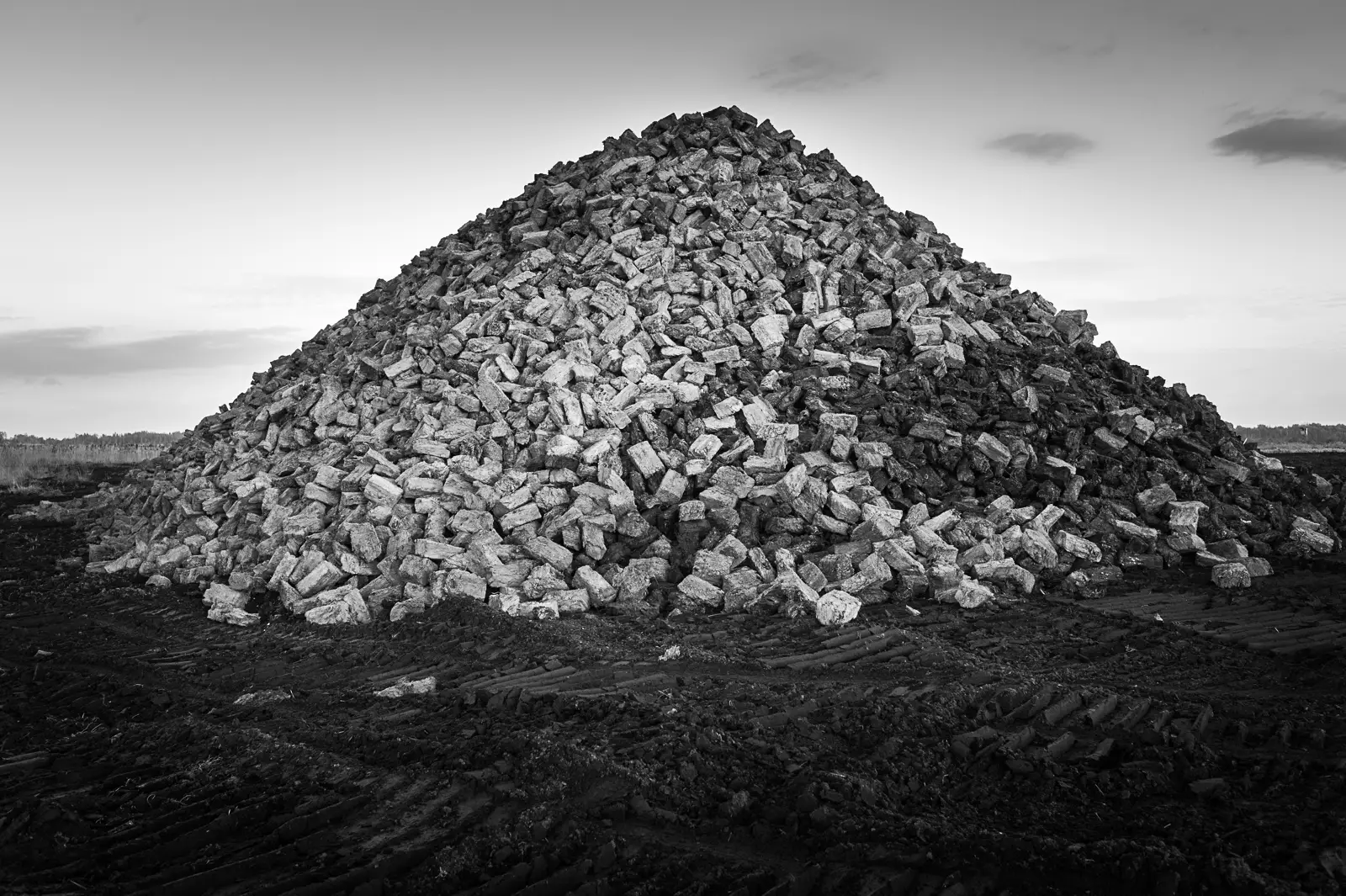








Comments
Paul on The Peat Bog, Impressions from Another World – by Christian Schroeder
Comment posted: 28/04/2020
Thankyou
Comment posted: 28/04/2020
David H Thurman on The Peat Bog, Impressions from Another World – by Christian Schroeder
Comment posted: 28/04/2020
Comment posted: 28/04/2020
Kounos on The Peat Bog, Impressions from Another World – by Christian Schroeder
Comment posted: 28/04/2020
Comment posted: 28/04/2020
Rock on The Peat Bog, Impressions from Another World – by Christian Schroeder
Comment posted: 28/04/2020
Comment posted: 28/04/2020
Trevor NIcholson Christie on The Peat Bog, Impressions from Another World – by Christian Schroeder
Comment posted: 28/04/2020
Comment posted: 28/04/2020
Comment posted: 28/04/2020
Daniel Sigg on The Peat Bog, Impressions from Another World – by Christian Schroeder
Comment posted: 28/04/2020
Comment posted: 28/04/2020
Roger B. on The Peat Bog, Impressions from Another World – by Christian Schroeder
Comment posted: 28/04/2020
Comment posted: 28/04/2020
Kodachromeguy on The Peat Bog, Impressions from Another World – by Christian Schroeder
Comment posted: 29/04/2020
Comment posted: 29/04/2020
R. Heinrich on The Peat Bog, Impressions from Another World – by Christian Schroeder
Comment posted: 08/05/2020
Comment posted: 08/05/2020